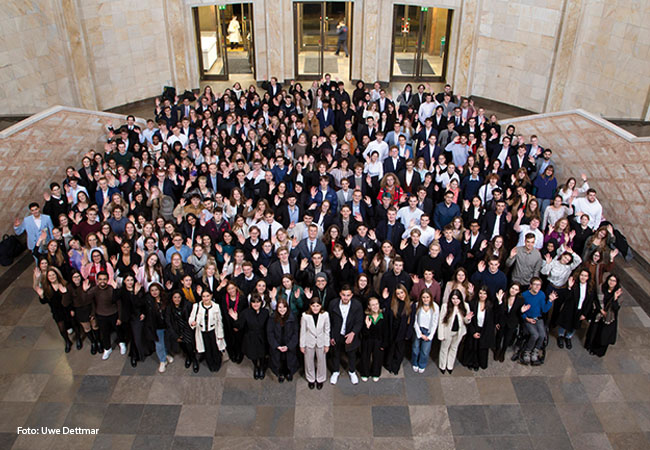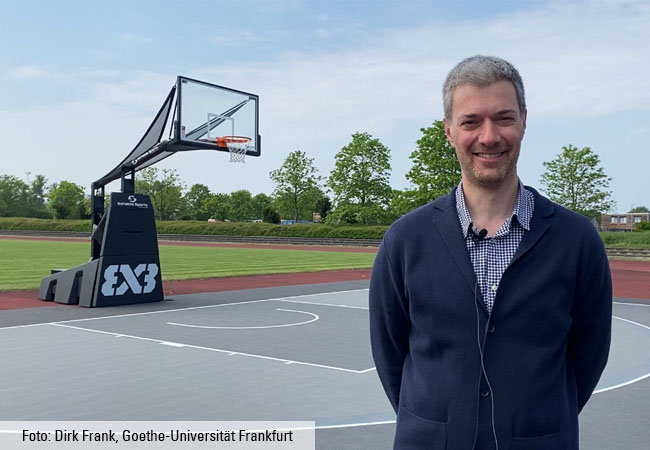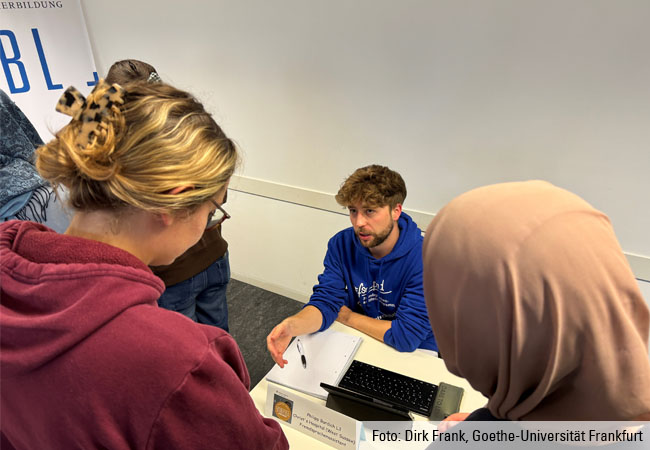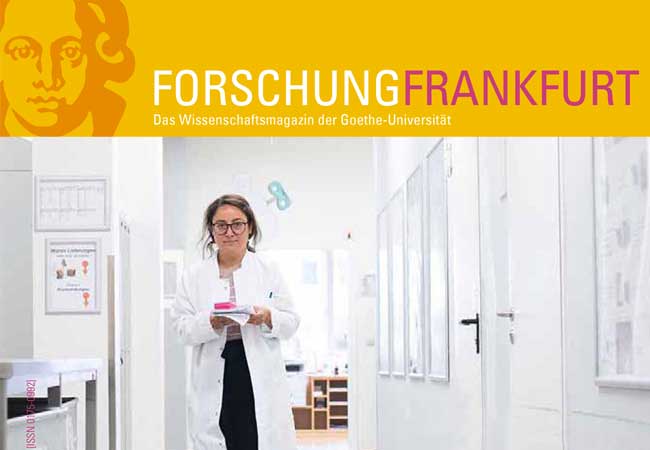
The governmental decision on when to loosen social distancing measures should not only depend on the latest number of cases. A joint study in theoretical physics, economics and medicine at Goethe University, the University of California Berkeley, and the Vivantes Hospital in Berlin shows that other criteria urgently need to be taken into account.
Governments should pay attention to the overall situation and not just to the new case numbers reported daily. If measures are loosened too early, the epidemic would have a stronger impact and the overall costs would rise substantially according to the authors of the new study, which is being published online in advance due to its explosive nature. According to the study, the optimum would be to maintain strict social distancing at least until the case numbers have sunk sufficiently in proportion to testing capacities to allow a comprehensive tracking of individual cases.
For the further management of the current COVID-19 pandemic, scientifically based estimates of the subsequent costs for different management strategies are crucial. A combination of numerical simulations and economic cost calculations are necessary, as Professor Claudius Gros and Professor Rose Valenti from the Institute for Theoretical Physics at Goethe University have elaborated in a study together with Dr Daniel Gros (Visiting Professor UC Berkeley/Director CEPS Brussels) and Kilian Valenti (Vivantes Hospital Berlin). The researchers discovered that a policy that reacts to the continually growing number of cases leads to higher overall costs than a policy that is oriented on the total number of past cases and which also takes other factors into account.
The COVID-19 epidemic is having an effect of previously unknown proportions on society and economics, which have been largely “shut down”: schools are closed, only businesses in certain branches may remain open, and people are supposed to stay home as far as possible. Epidemiological models have to take the feedback of this social distancing and other reactions onto the dynamics of the spread of the virus. In the paper, which was presented in advance on 2nd April, the authors introduce a new epidemiological model which expands the typical SIR (susceptible, infected, recovered) model by another feedback parameter. The new model makes it possible to study two different strategies, depending on whether political actors direct their attention at the daily number of cases (“short-sighted”) or if decisions are made based on the overall development of the epidemic (“history-aware”). The authors demonstrate that only the second strategy has the potential to extensively contain the epidemic. The current lockdown measures should not simply be loosened due to falling case numbers unless it is possible to replace them with alternate measures that have comparable containment potential.
“Herd immunity” is a term widely used in the public, signifying the point at which the number of new infections ceases to rise. According to many estimates, this point would be reached for COVID-19 when 66 percent of the population has been infected. It is frequently assumed that the epidemic will be essentially overcome at this point. The authors of this study point out, however, that even though herd immunity means the number of daily new infections will sink, the total number of cases will continue to grow, and another 28 percent of the population will be infected. Only six percent would be spared an infection.
The total economic costs have four components: lost working hours, medical costs, “value of life” (the expected remainder of life that no longer takes place is included here as a loss), and social distancing costs (i.e., the economic losses due to limited economic activity). If the epidemic were allowed to freely run its course, it would result in total costs of approximately 1.1 trillion euros – not to mention the ethical issues – which corresponds to 30 percent of the German gross domestic product (GDP). If the economic value of life is not included, the costs of an unchecked epidemic would still amount to 14 percent of the GDP, or about 480 million euros. Strict measures reduce this value by half. However, the social costs of social distancing measures have to be accepted.
If only real costs are considered and the economic value of human life is excluded, middle strategies fare the worst according to this publication. When it comes to a global pandemic, the middle course is therefore not golden. Based on their calculations, the authors therefore argue that the strict measures should be kept in place until the number of new infections has gone down sufficiently to make a testing of the complete environment possible. This, however, would require significant increases in testing capacities.
Publication: Claudius Gros, Roser Valenti, Kilian Valenti, Daniel Gros, Strategies for controlling the medical and socio-economic costs of the Corona pandemic (2020); Link to early publication: https://arxiv.org/abs/2004.00493
Further information: (on modelling/theory) Prof. Dr. Claudius Gros, Institute for Theoretical Physics, Riedberg Riedberg, Email gros07@itp.uni-frankfurt.de; Prof. Dr. Roser Valenti, ebd., valenti@itp.uni-frankfurt.de;
(on socio-economic and political aspects) Dr. Daniel Gros, Center for European Politics Studies (CEPS), Brussels, Belgium, Email daniel@ceps.eu.
Source: Press release from 2 April







